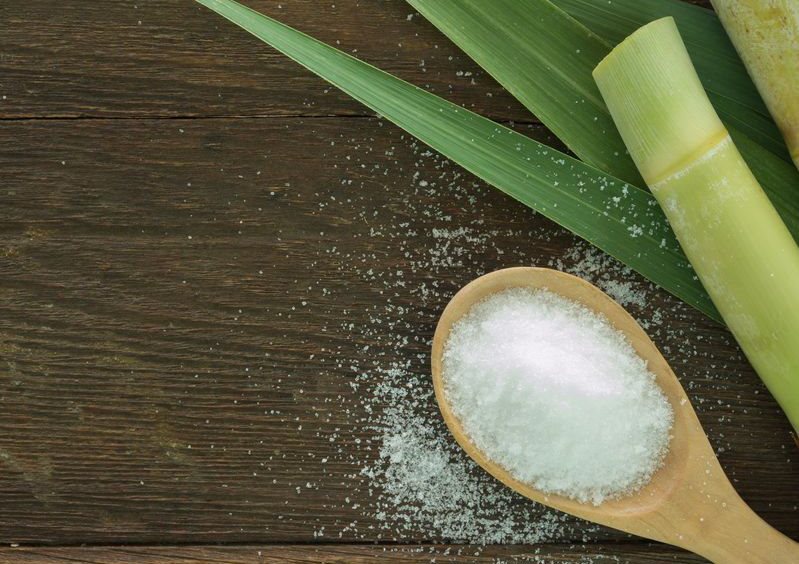
Top stories


EducationFrom adversity to opportunity: African education’s revival strategies
Sanjeev Mansotra 1 day



Marketing & MediaThe Odd Number named Financial Mail AdFocus Mid-Sized Agency of the Year
The Odd Number 1 day

More news












The campaign is aimed at raising awareness of the serious threats facing the local sugar industry. Chief among these is the significant share of the local market that cheap imports hold. For every tonne of imported sugar that enters the South Africa market, the local sugar industry loses R4,000. These losses totalled just over R2.2bn in the last year alone.
As a result of this trend, the local sugar industry has been forced to export domestic surplus onto an oversupplied world market at a significant loss. This has put the future of the South African sugarcane industry under serious threat. Of particular concern are the futures of the 21,000 black small-scale growers, 65,000 farmworkers, 270,000 indirect jobs, and the one million livelihoods the industry supports.
In order to turn this tide, the campaign, which will focus on educating and encouraging consumers to support the local industry and buy local sugar products, will also provide consumers with information on what to look out for when buying sugar. Specifically, consumers must look out for the Proudly South Africa logo or make sure the back of the bag says that the sugar is 100% produced in South Africa, to ensure that they are contributing to a sweeter future for our industry and country.
The campaign kicked off in December with the launch of a billboard on the N3 highway in Kwa-Zulu Natal, a key sugarcane growing region and where sugarcane operations provide an economic backbone for the rural community. The Gauteng billboard, located on the N2 highway at Gillooly's, is the second of these, with more scheduled to go up in the first quarter of 2021.
The Home Sweet Home campaign is also directly aligned to the recently finalised phase one of the Sugar Industry Masterplan, which will be rolled out over the next three years.
Action Commitment one of the Masterplan - "Restoring the local market and offtake commitments" - aims to restore an initial 150,000 tonnes of sugar demand to the local sugar industry in the first two years, with the goal of increasing this to 300,000 tonnes in year three.
To achieve this, retailers and wholesalers have committed to procure 80% of their sugar locally, rising to 95% in the third year. Government has also undertaken to promote the use of local sugar by all government departments and state-owned entities, while the sugar industry will actively promote local sugar to consumers and ensure there is visible labelling on local sugar packaging.
The sustainability of the industry has been under threat over recent years due to a confluence of simultaneous factors. In addition to the weak protection against cheap imports, there have been unprecedented droughts, plunging world sugar prices and a major drop in local demand for sugar due to the introduction of the Health Promotion Levy (HPL or sugar tax).